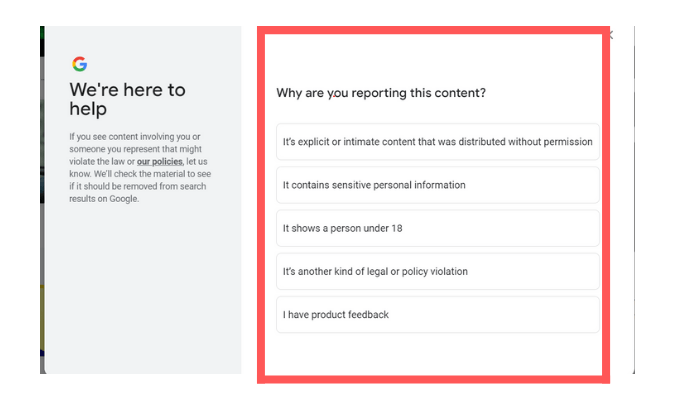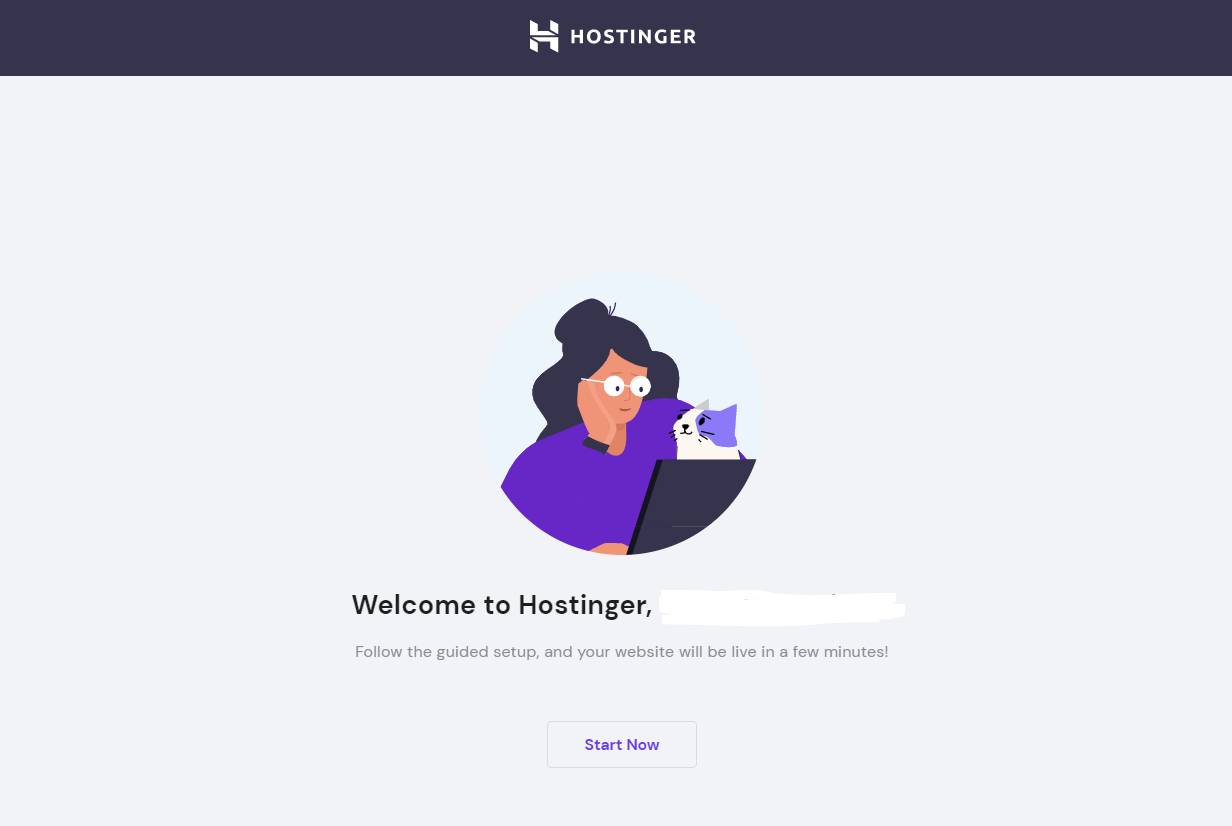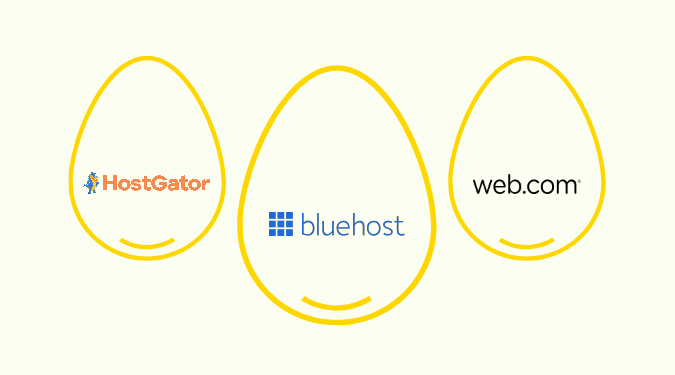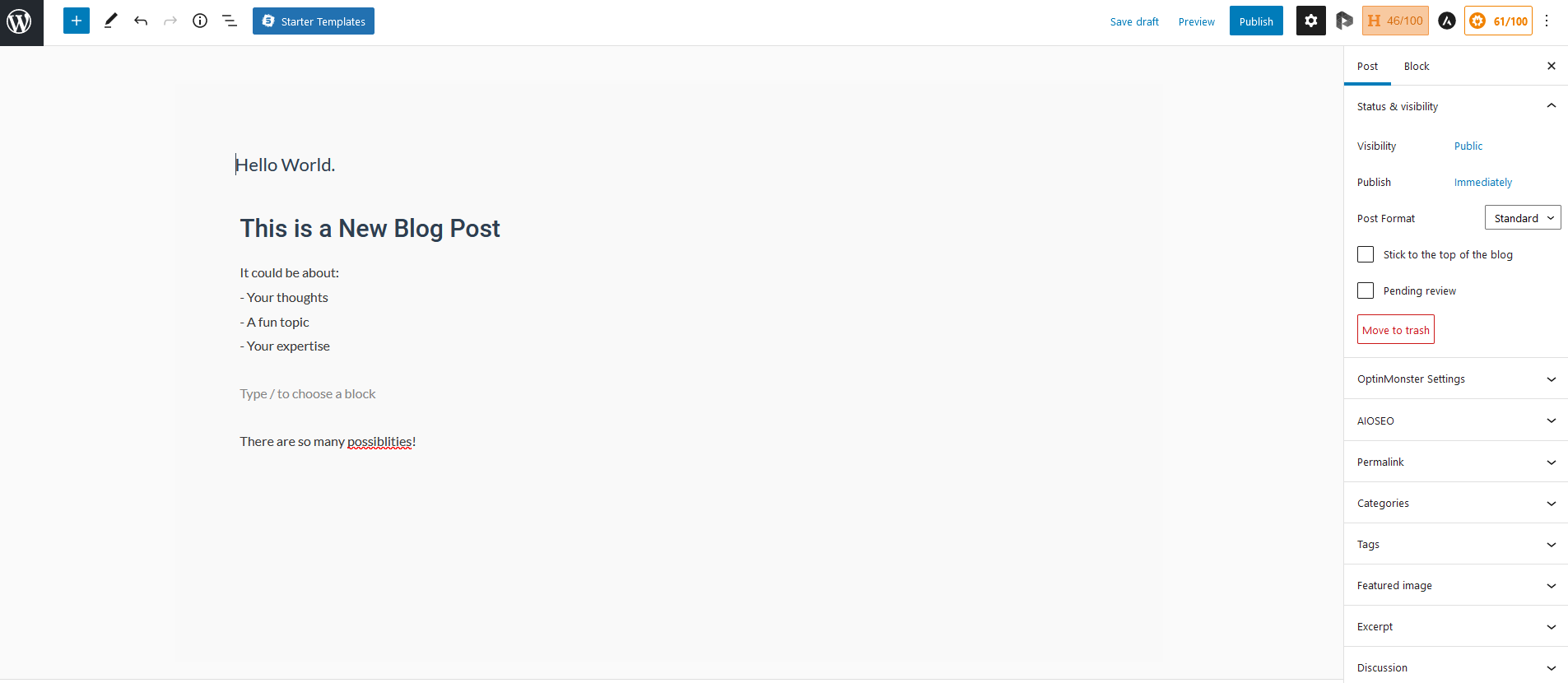Effective ecommerce merchandising makes it easy for website visitors to find the products they’re looking for. It also helps customers discover new products they may not have considered before, boosting conversions and revenue. When implemented correctly, ecommerce merchandising increases the chances that site visitors will buy something from your online store—regardless of their path in the customer journey.
Below, we’ll break down some proven ecommerce merchandising strategies that your ecommerce shop can implement today. Follow the examples below and you’ll see a noticeable increase in both conversions while improving the overall customer experience.
1. Homepage Storytelling
Your homepage is the gateway to your ecommerce shop. If you compare it to a brick-and-mortar retailer, this page would be the sales associate in the doorway greeting customers as they walk inside.
This encounter is crucial, as it’s typically the first interaction a visitor has with your brand. By using your homepage to tell a story, you can quickly show prospective customers what your brand stands for and why they should buy from you instead of your competitors.
What sort of story should you tell? Use your homepage to share your values and highlight branded merchandise. Convey a clear value proposition and make sure the overall shopping experience is well-organized.

Within seconds of landing on your homepage, the following questions should be answered:
- What your brand is and represents
- What types of products you sell
- What needs or problems those products solve
If those questions aren’t answered above the fold, you’re likely to get the ecommerce equivalent of shoppers leaving the store empty handed shortly after they walk in.
Your homepage should be highly visual, with limited text on the screen used mainly to highlight key selling points such as free shipping, limited-time pricing, or free returns.
But, remember to keep things simple and uncluttered. Ecommerce websites can be overwhelming to some customers. This is especially true if you have hundreds or potentially thousands of different products.
Rather than trying to cram everything into a single screen, you should stick to a simple design and rely on user-friendly navigation for products.

Simple designs help put buyers at ease. You don’t want them to feel like they’re being bombarded with an endless amount of product categories or promotions. Too many bells and whistles on your site can backfire and cause bounces or abandoned carts.
When you use a simple design, the story you’re trying to tell on your homepage comes across more clearly. Whether you’re spotlighting your brand values or a promotion, simple, clean homepage design will set people up for a pleasant shopping experience.
2. Visual Merchandising
When people purchase products in person, they can rely on all of their senses for guidance. Shoppers can touch, hear, look, and smell exactly what they’re buying.
But those senses don’t all translate to online buying. Instead, shoppers are restricted solely to what they can see. So if your products aren’t showcased in a visually appealing way, people won’t be inclined to buy.
Most ecommerce store owners understand the importance of high-quality product images. But it’s not just about capturing one high-definition shot of your product. For example, it’s helpful to have 360-degree images of some products so buyers can see their look and design from every angle.
Furthermore, you must have visual representations of how your products work when they’re being used for real-world applications.

A picture of a hat or shirt sitting on a blank white background alone isn’t very helpful to consumers. Show what your products look like when they’re being worn or used in real-life settings. With activewear, for example, it helps to show what types of activities can be performed while wearing those products, such as jogging or hiking.
This is the best way for buyers to visualize how they’ll be using the goods as well, letting them translate the photos of your product in action to their own life.
3. Collection-Based Merchandising
Grouping your products into collections makes it much easier for shoppers to find what they’re looking for and find additional products related to their initial reason for shopping.
This is perfect both for shoppers visiting your site with clear buying intentions and general browsers who might be interested in your brand but don’t know what they want just yet.
Highlighting specific collections can make it easy for different customers to quickly identify which items best fit their needs as a consumer. For example, you could break your apparel offerings down into categories for fashion, activewear, and specialty materials.

Collection-based merchandising also ensures that your customers aren’t overwhelmed with products when they come to your site looking for something specific. Let’s say a visitor wants to buy sunglasses for beach volleyball. They’re looking for lenses that are larger to protect their eyes from sun and sand, as well as frames that are tight-fitting so they don’t fall off while running and diving on the beach.
When you display all of your beach volleyball sunglasses in their own collection, shoppers can quickly spot what they’re looking for and complete their purchase in just a few clicks. There’s less friction in the buying process, as they won’t have to sort through other types of frames while they’re shopping. You should always give people who know what they’re shopping an easy path to accomplishing their purchase.
4. Encourage Impulse Purchases
This is an age-old trick used in the brick-and-mortar retail business. While customers are waiting in line, they’re standing next to small, low-priced products with high margins.
These are things that people won’t think twice about when throwing in their shopping carts. It can be anything from a deck of cards to a pack of gum or a pair of socks.
While ecommerce sites don’t have the exact same luxury of putting impulse-buy products in the physical vicinity of shoppers, they can still achieve the same effect through digital merchandising.
There are a few ways to mimic the brick-and-mortar checkout display stand on your site. The easiest way is to notify a visitor in a step between their shopping cart and checkout. That can entail a pop-up window or product recommendations on the shopping cart page. This is also a good opportunity to offer a deal, like getting 50% off one product when they buy another at full price.
Another common tactic is having a dedicated collection of products that are under $20 or so or that have been heavily discounted or placed on clearance. That will attract the bargain hunters and also help with another common tactic: placing a minimum spending requirement to unlock free shipping. That’s a great way to encourage shoppers to add extra items to their cart.
Price is definitely an important factor to consider when it comes to impulse purchases. Most consumers won’t impulsively buy something that’s hundreds of dollars. But if it’s something affordable that they can justify as a good value, the chances of getting someone to add onto their initial order increase significantly.
5. Cross-Sell Products in Your Shopping Cart
A related strategy to encouraging impulse buys is to anticipate what other products of yours will appeal to a shopper that has placed a specific offering of yours in their cart.
When a shopper has added a product to their cart, they’re signaling some degree of serious interest in it. You’ve have the shopper a click or two away from converting at this point.
While you don’t want to detract them too much from finalizing the sale, the shopping cart can be an excellent opportunity for quick cross-sells.
Focus on items that are easy to add and don’t require any type of explanation. For example, it’s much easier to cross-sell a pair of socks or a hat compared to a drone or camera. If you’re selling electronics or something fragile, consider cross-selling something like a carrying case for travel and protection.

This is another instance where you can use free shipping as an incentive to increase your average order value.
Let’s say you have a $75 free shipping minimum. If someone adds a $60 item to their shopping cart, you can have a message that says, “You’re $15 away from unlocking free shipping!” Then, you can promote recommended and related products that cost $15 or $20, making it an easy decision for buyers to add something else to their cart and unlock free shipping.
6. Collect and Leverage Data
Data collection can make it much easier to succeed in ecommerce merchandising. The data your ecommerce site captures can tell you which types of products and visuals to promote on your homepage and landing pages.
You can use Google Analytics to collect information about your site traffic to specific parts of your store (like product pages), common search terms, and visitor demographics. Plus, your ecommerce site platform (such as Shopify or WooCommerce) will hold information about visitor behaviors like average order value, customer location, and more.
If you determine that most of your traffic is coming from women in their 30s in the southeast corner of the US browsing for “workout apparel,” then you probably shouldn’t have men’s suits as the primary image on your homepage.
This is a guessing game if you’re not actively collecting and analyzing your data. While you may be aware of some of the basics that your online store is capturing, using a good ecommerce analytics tool can unlock deeper insights. You can take your data collection efforts one step further by experimenting with split tests or A/B tests on your pages to see which images, products, or promotions lead to the most conversions.
7. Optimize Your Site Search
Findability is a crucial aspect of ecommerce merchandising. The larger your selection of products, the more important it is to have a sophisticated search function that allows shoppers to find exactly what they’re looking for.
You want buyers to complete the purchase process in as few clicks as possible. One aspect of this is making sure your search bar is in clear view at all times from any page, giving shoppers the ability to search for something without having to navigate to a specific page.
You should also try to incorporate features that make search work more precisely for shoppers. Good ideas are implementing an autocomplete feature to show recommended products or search terms when a visitor starts typing and allowing them to filter search results by product options like size, color, or price.
A basic action every ecommerce store should take is to carefully and accurately categorize all of your products. Each product must be tagged with a wide range of synonyms and key terms to ensure it appears in the right search queries. That includes being mindful of regional and international differences for certain terms, like how some people call carbonated beverages “soda” and others call it “pop.”
It’s an absolute conversion killer if someone searches for a product and gets a “no results” message on the page. This is even worse if your brand sells the type of product that the user is searching for and your search function is simply failing to connect the dots for them.
8. Highlight Social Proof and Product Reviews
It’s no secret that customers rely on online reviews before purchasing products. As an ecommerce store, you shouldn’t make it difficult for people to read those reviews and leave their own reviews after purchasing.
Each step added to the buying process gives the consumer an opportunity to abandon the purchase. Abandonment increases even more if that buyer navigates away from the page. So, adding reviews to your product pages is crucial for building trust and giving the shopper more confidence in their purchase.

Displaying the reviews is only half the battle for this ecommerce merchandising strategy. You also need to encourage your customers to review your products post-purchase. Make sure you have set up an email drip campaign for every purchase to follow up with people after they’ve bought something and encourage them to leave their feedback.
Make sure you give them enough time to really try the product before you ask them to write a review. Asking for a review immediately following the purchase is useless, of course. But it’s a delicate balance on when to make that ask for a review. For example, if you’d like to highlight your products’ durability, asking for a review a week or two after the order has gotten to the customer might not allow for enough time for them to judge the product on that aspect.
It’s also important that you never delete or filter out bad reviews. While some of these might be tough to swallow, they keep your product reviews authentic, which buyers will appreciate. It smells fishy if a product has thousands of reviews and not a single one is negative.
9. Use Content Marketing to Highlight Products
You don’t need to rely solely on product pages to promote what you’re selling. Content marketing is an effective ecommerce merchandising strategy that pitches products in other formats.
The way to approach this depends greatly on your types of products.
Let’s say your site sells equipment for camping and hiking. You can create blog posts that cover how to set up a tent on your first time camping, how to properly pack a tent in your hiking backpack, and a list of the top 10 essential items you need to bring on every camping trip.
Within each of these posts, you can promote your products with images, examples, and buy links.
Get creative and thoughtful about what you’re writing about. Find tangential and related topics that you can tie back to your product lines and—as always with content marketing—make sure you’re providing some sort of informational value in your content, not just tooting your own horn.
Someone searching for this type of content via Google has essentially been pre-qualified as a potential buyer. When developed correctly, this allows you to both educate your audience and provide them with solutions in one fell swoop.















